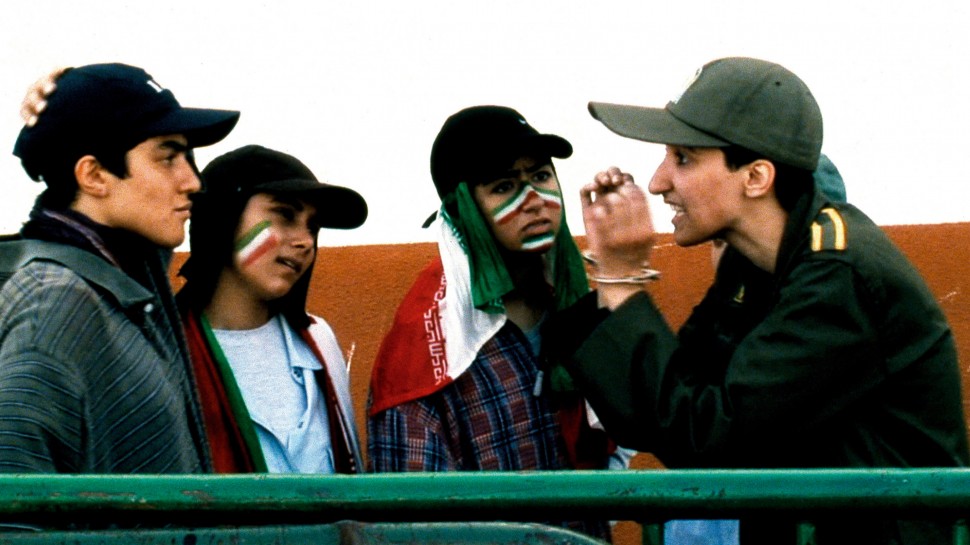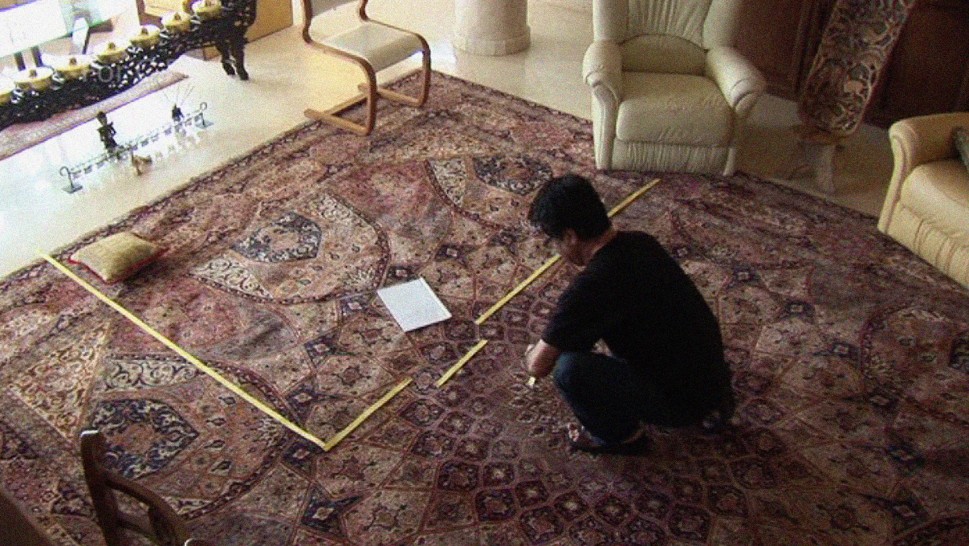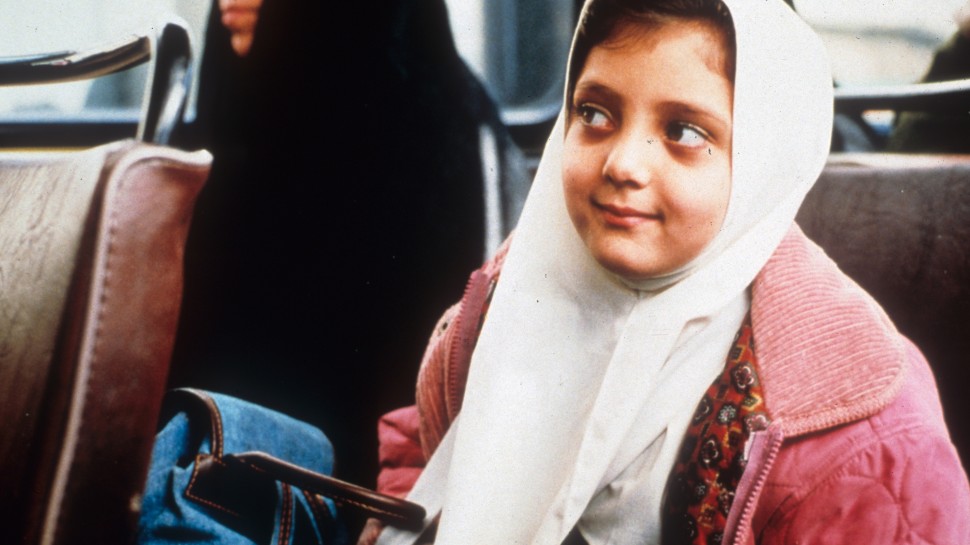


Jafar Panahi: This is Not
a Retrospective
Compassionate concern for those on the margins of society runs through the films of Iranian director Jafar Panahi (b. 1960). Hence it was no surprise that Panahi would come to be associated with the political opposition during the massive unrest following the 2009 re-election of President Ahmadinejad. Because of his outspokenness, the government imprisoned him for several weeks and then placed him under house arrest and banned him from filmmaking. (It’s important to remember that Panahi has defied the US government as well. While changing planes at JFK Airport in April 2001, he was detained for several hours for refusing to be fingerprinted and was placed on a return flight in handcuffs.) Nevertheless, Panahi’s work has never been programmatic; rather, the politics of his films emerge from the figures on screen reacting to each other and their surroundings.
Panahi attended film school after serving in the army during the Iran-Iraq War. While making short films and television documentaries, he contacted Abbas Kiarostami to offer his services in any capacity. Kiarostami became an enthusiastic mentor, helping to get Panahi’s feature debut, The White Balloon, into Cannes, where it became the first Iranian film to win a major prize at that festival.
Like many Iranian directors, he began making films about children. The popularity of children as subjects stems in part from the existence of state funding for such films. They also serve to steer filmmakers clear of censorship problems that complicate the filming of any domestic or intimate scenes involving adult women. However, after his first two feature films, Panahi decided to tackle these complications head on by making The Circle, a devastating look at the strictures against women in contemporary Iran. This new tone of social critique continued in the unsettling Crimson Gold.
With his frequent use of non-professional actors, real locations and episodic narratives, Panahi’s films betray the influence of postwar Italian cinema. Some of his later films earned comparisons to Bresson and Scorsese with their terse depictions of alienated protagonists who suffer for their exclusion from the mainstream, which seems to be both imposed and willed.
Despite these echoes from the canon of European and American cinema, Panahi has clearly earned his place at the center of contemporary Iranian filmmaking, even though the country’s censors have banned most of his films. Besides his focus on children, Panahi’s approach to narrative reveals him to be a true disciple of Kiarostami: his films tell simple, compelling stories that exist primarily to create interactions among a number of vividly realized characters. Thus despite any number of memorable protagonists, Panahi’s films tend to become portraits of a community, a city, a neighborhood, a group of people.
It is this social aspect of his work that made his sentencing so cruel. Of course, consummate artist that he is, Panahi continues to create: his latest film, the cunningly titled This Is Not a Film, was made during that house arrest. Currently, Panahi is in a kind of limbo; neither imprisoned nor under house arrest, he remains banned from filmmaking and his sentence of six years in prison still stands. Meanwhile, Kiarostami has just announced the welcome news that Panahi has completed yet another film. — David Pendleton









